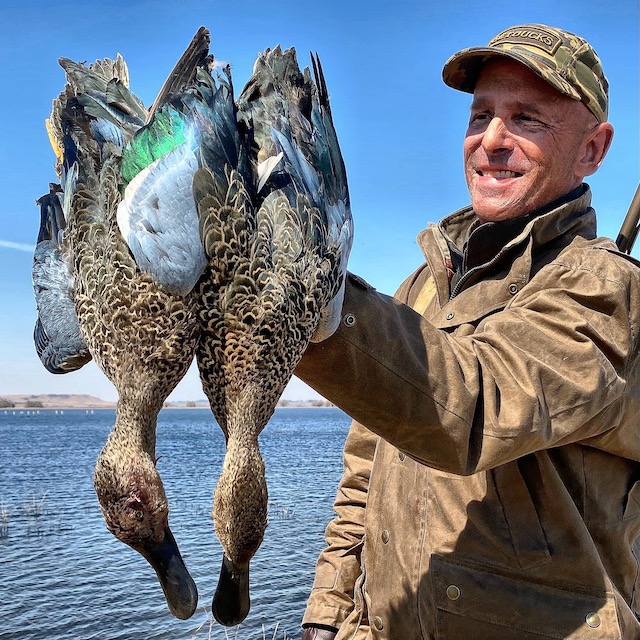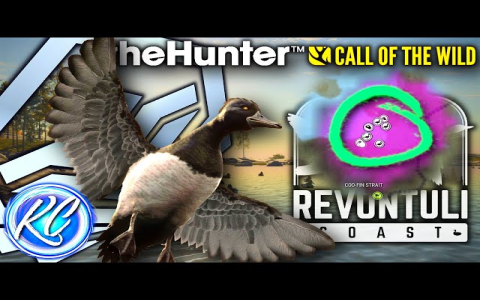Alright, so I got it into my head to really check out the Cape Shoveler. You see pictures, you read a little bit, and you think, “Okay, that’s a bird I need to properly see.” It wasn’t like I was trying to become a world-class ornithologist overnight, just wanted to get a real feel for this particular duck.
So, the first few times, I just grabbed my old binoculars and headed out to a few spots people mentioned. Figured it would be simple enough. Find some water, look for a duck with a, well, a shovel for a beak. Easy, right? That’s what I thought. Packed a sandwich, a flask of tea, the usual. Expected to be ticking it off my mental list by lunchtime.

My First Real Attempts
Let me tell you, these Cape Shovelers, they’re not just waiting around to be admired. My first few outings were… let’s call them lessons in patience. I’d spot them, sure, but usually from a distance, and they were always busy. Heads down, tails up, sifting through the water. Not exactly posing for a grand portrait. And the light! Always seemed to be in the wrong place, or they’d be in the shadow, or I’d be squinting into the sun.
I started to realize this wasn’t just a ‘show up and see’ kind of deal. It was more involved. I tried different times of day. Early morning, late afternoon. I even tried just sitting dead still for ages, thinking they’d get used to me. Sometimes they did, sometimes they just seemed to paddle off to the other side of the pond, like they knew I was there with expectations.
Here’s a list of things I actually found myself doing, which I hadn’t really planned on:
- Spending a lot of time just watching mud. Seriously, they love the muddy edges.
- Learning to tell the difference between a Shoveler’s dabbling and every other duck’s dabbling from 200 yards away. It’s a subtle art.
- Getting way too familiar with the sound of wind whistling past my ears.
- Trying to predict where they’d surface after a dive, and mostly failing.
Getting a Bit More Serious
After a while, I stopped just casually looking and started to properly observe. I mean, I put the camera down for a bit – because, yeah, I was trying to get that perfect shot too, who isn’t? But the pressure of getting a photo was kind of ruining the actual watching part. So, I just watched them. How they sweep those big beaks side to side. How the males have those bright yellow eyes. The way they interact, or mostly ignore each other, each in their own little feeding zone.
It was on one of those days, not really trying too hard, just sitting on an old log, that a pair came quite close. No dramatic fly-pasts, no special calls. They just sort of pottered into view, doing their shoveler thing. And I got to see them, really see them, for a good ten minutes. The way the water beaded on their feathers, the details on their bills. It was pretty neat, not gonna lie.
So, what’s the big takeaway from my Cape Shoveler practice? Well, I didn’t discover any new species or win any photography awards. But I spent some good, quiet hours just focused on one thing. Learned that sometimes the best way to see something is to stop trying so hard to capture it and just let it be. And these Shovelers, they’re quite the characters once you give them the time. Still a bit elusive, mind you, but that’s part of their charm, I suppose. It’s a work in progress, this whole birdwatching thing, always something new to figure out.




















